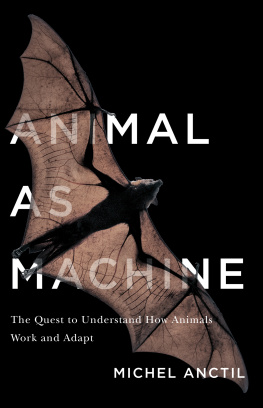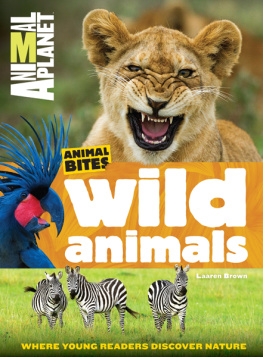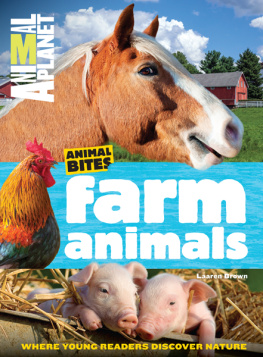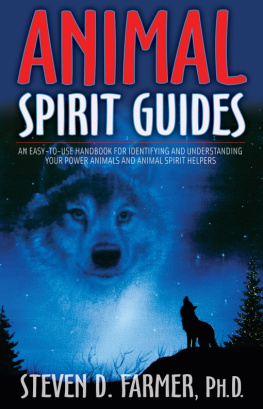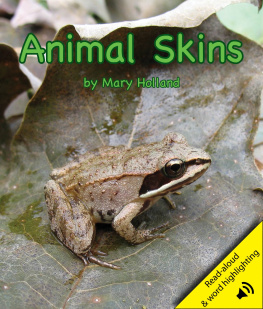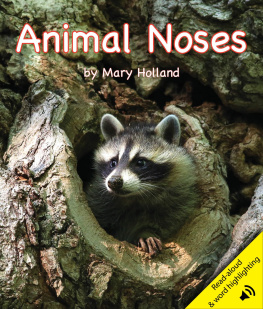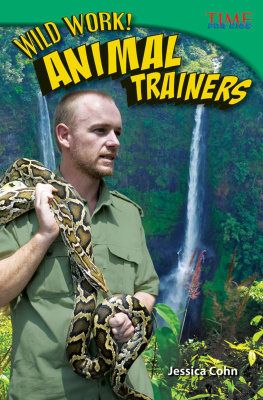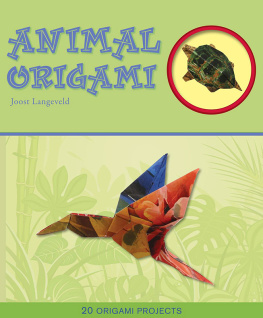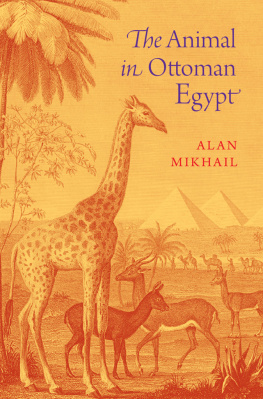Contents
Page List
Guide

ANIMAL
AS
MACHINE
ANIMAL
AS
MACHINE
The Quest to Understand
How Animals
Work and Adapt
MICHEL ANCTIL
McGill-Queens University Press
Montreal & Kingston London Chicago
McGill-Queens University Press 2022
ISBN 978-0-2280-1053-1 (cloth)
ISBN 978-0-2280-1221-4 (ePDF)
ISBN 978-0-2280-1222-1 (ePUB)
Legal deposit second quarter 2022
Bibliothque nationale du Qubec
Printed in Canada on acid-free paper that is 100% ancient forest free
(100% post-consumer recycled), processed chlorine free
We acknowledge the support of the Canada Council for the Arts.
Nous remercions le Conseil des arts du Canada de son soutien.
Library and Archives Canada Cataloguing in Publication
Title: Animal as machine : the quest to understand how animals work and adapt / Michel Anctil.
Names: Anctil, Michel, 1945- author.
Description: Includes bibliographical references and index.
Identifiers: Canadiana (print) 20210388560 | Canadiana (ebook) 20210388579 | ISBN 9780228010531 (cloth) | ISBN 9780228012214 (ePDF) | ISBN 9780228012221 (ePUB)
Subjects: LCSH: PhysiologyHistory. | LCSH: PhysiologistsHistory.
Classification: LCC QP21 .A53 2022 | DDC 571.109dc23
This book was designed and typeset by studio oneonone in Minion 11/14
Contents
Prologue
The theme of functionality has haunted humankind for ages. As we extricated ourselves from the Stone Age, conjuring up objects to accomplish needed functions became part of the design process that surrounded us with tools and clever mechanical devices. The purpose of designing functional objects out of unformed matter in our environment, while it may have facilitated our survival as a species, served principally to alleviate the difficulties of living and ease the challenges of daily tasks; in short, to improve the quality of lived lives. Functional design became manifest in myriad shapes, in multiple domains of human experience. Ultimately, humans appropriated materials from their proximal environment to evolve a cultural extension of themselves.
The activities and shapes of the bodies of humans and other animals have been considered by many, past or present, to be testimonies to functional design. It is as if the functionality of hand-built objects emulates the functionality evolved within the living organism. When artisans create useful objects, they take into account not only their projected function but also their shape: how can it assist function? Preoccupations of this sort are embedded in the history of biology. Edward Stuart Russell (18871954), a British fisheries scientist, and philosopher of biology on the side, brilliantly expressed the ambivalence of the relationship between shape and functionality in his book aptly titled Form and Function (1916).
Russell asked: Is function the mechanical result of form, or is form merely the manifestation of function or activity? What is the essence of life organisation or activity? Russell, who held holistic, anti-mechanistic views and was skeptical of Darwins theory of evolution, sided with the like-minded French comparative anatomist Georges Cuvier (17691832) in putting function before structure. Russell emphasized that, in Cuviers scheme, structure and function are bound up together: [E]very modification of a function entails therefore the modification of an organ. Hence from the shape of one organ you can infer the shape of the other organs if you have sufficiently extensive empirical knowledge of functions, and of the relation of structure to function in each kind of organ. Function determines the interdependence and adaptability of organs. If form and function are harmonized, they serve a common purpose; without that harmony, of what use is an organ?
For all the sense that Russells embrace of Aristotelian teleology seems to make, his was an anatomists view of a constructed animal world, a frozen world in which the dynamic underpinnings of animal actions were not questioned. He never asked the curiosity-laden question: how do organs actually accomplish their operations and by what specific mechanisms? In short, how do animals work? The following chapters will follow the bumpy and meandering historical trail along which concepts about animal functions were developed the trail that led to the gradual emergence and subsequent thriving of the field of animal physiology.
In the formative years of human or medical physiology, animal physiology went through several stages of gestation. It could be said that, without the necessary obstetrical care or foresight on the part of natural historians, many of its potential offspring aborted or arrived stillborn. In this context, as the title of , pivotal personalities, comprehensive books, and dedicated scientific journals served as magnets that drew together a cohesive body of knowledge and interest around which the discipline could take shape.
A measure of comparative physiology had already arisen in France by the first decades of the 1800S out of zoologists desire to know whether lower animals function like humans and other mammals. It was not until the period from 1930s forward, however, that the implicit goal of these French zoophysiologists to find common physiological principles among the diversity of animal forms could be fulfilled. The processs took place differently in different countries, with the limelight shifting from England, France, and Germany ( recount, comparative biochemistry emerged and became integrated with the mission of animal physiology.
As the physiological/biochemical challenges met by animals in the wild became the focus of intrepid physiologists who led or participated in targeted expeditions to ecosystems around the world (as mentioned in tells the stories of some of the men and women who brought these physiological heroics to light.
In the twentieth century, animal physiologists all too often concentrated on the study of functions they could assess with relative comfort: feeding, digestion, metabolism, breathing, circulation, renal function, and so on. For many animal physiologists, the nervous and endocrine systems were never on their radar, did not fit into their vision of what the field was about, or seemed too intractable or unworthy of the investment for their returns in explaining how animals work. One physiologist who sought to remedy this situation was the American C. Ladd Prosser (see of this book trace the history of discoveries and concepts that have recently become the bread and butter of comparative neurobiologists and endocrinologists.
Embedded in the story line of these chapters are four recurring motifs that have shaped the development of animal physiology: (1) technological innovations that have accelerated the pace of discovery by providing new equipment that allowed more precise measurements of physiological parameters, equipment often designed and built by physiologists themslves as the need arose; (2) the importance of the role played by marine laboratory facilities such as the network of marine stations in France, the Naples Zoological Station, the Plymouth Laboratory in the United Kingdom, and the Woods Hole Biological Laboratory in the United States, in providing a variety of marine animals and in-house research facilities to foster the comparative approach; (3) the diversity of approaches brought to bear on our understanding of how animals work: not only

